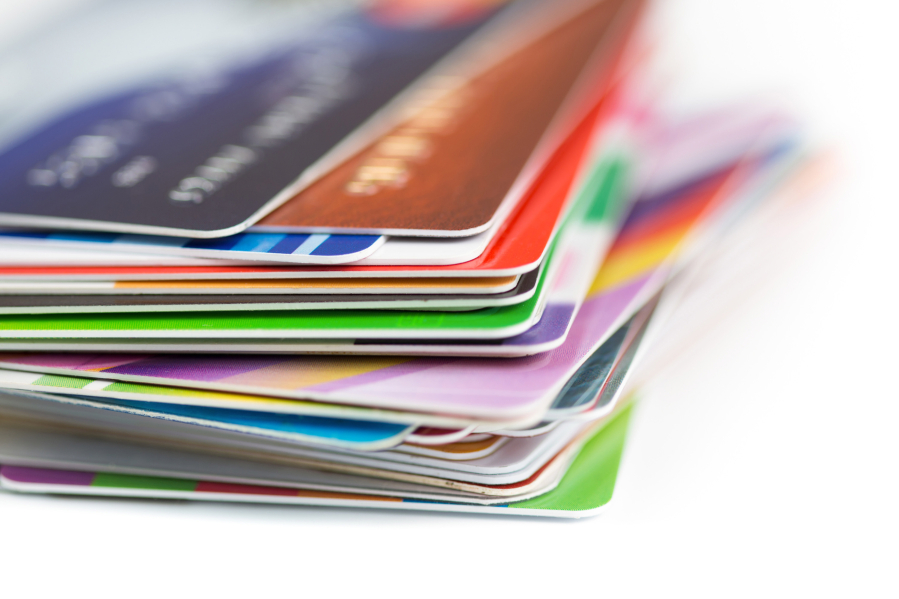Nearly half of credit card accounts in the U.S. carry balances from month to month, according to a new report by the American Bankers Association. With the average credit card interest rate hovering near 16.5 percent, revolving balances are a wildly expensive way to borrow money.
“You worry about the people carrying $10,000, $15,000, $20,000 in credit card debt,” said Greg McBride, chief financial analyst at Bankrate.com. “They’re making zero headway” paying off the balance if they’re only making minimum payments, he said.
“They’re on a treadmill to nowhere financially.”
The American Bankers report found that 44 percent of card accounts were revolving accounts vs. 29 percent that were paid in full each month. Some 27 percent of accounts were dormant.
Reasons vary for running up big balances. Some people use credit cards to pay for necessities they can’t afford or they simply overspend for their means. Others get hit with major, unexpected expenses such as car repairs or medical bills they can’t pay, so the debt ends up on their credit cards.
Some people could buckle down and pay off their balance, if only they realized how much money they were throwing away on interest payments.
McBride said some people carry balances because they mistakenly believe that they have to owe money in order to get a good credit rating.
“I hear that all the time,” he said. “Let’s dispel the myth right now: You can build a credit history just fine by paying a card balance in full each month.”
With interest rates poised to head higher, revolving credit card debt should become even more expensive in the coming months.
“If it means getting a second job or driving for Uber to get that balance paid off, then do it,” McBride said.
More than the minimum
The key to making a big dent in a big balance is making more than the minimum monthly payment, which declines over time as the balance declines, McBride said.
“If you’re just making the minimum, you’re paying less and less as time goes on, and that drags out the payment period for decades,” he said.
Someone with a revolving $5,000 balance at 16.5 percent interest would owe a minimum payment of $119. Even if that person sticks to paying $119 a month, it would take 64 months to pay the balance off, and cost $2,512 in interest, he said.
Upping the monthly payment to $200 would cut the payback period to 31 months and cost $1,169 in interest.
Revolvers should consider taking advantage of zero percent balance transfer offers that let cardholders transfer a balance to a card that doesn’t charge interest for an introductory period lasting up to 21 months.
On the downside, balance transfer cards typically charge a 3 percent to 5 percent balance transfer fee, although there are some cards out there that waive that fee.
Like most card offers, the best terms will go to card holders with good-to-excellent credit.



